


The new Ford Fiesta (diesel) attempts to supersede the Volkswagen Vento in this oil-burning ordeal. Veteran car models across segments have been under tremendous pressure as new models flood the market, vying to gain a foothold in this competitive industry.
And before they can breathe a sigh of relief after warding off one rival, another is ready to wage a fresh war. More often than not, however, the new kid on the block dazzles the audience with fancy armour and chiselled features, causing the sales figure to flag initially, but once buyers see through the superficial veneer, the new entrant’s sales reach a plateau before plunging down to reality.
This combat, as the pictures on this page suggest, is between the recently launched Ford Fiesta 1.5-litre TDCi and the Volkswagen Vento 1.6-litre TDi, where the latter is a veteran of sorts as it has already conquered several fierce battles. In less than a year the German car has proved that quality never goes unnoticed and has been our pick over others in this segment. Meanwhile, Ford’s new Fiesta seeks to change that mindset.
The Fiesta follows the latest Ford design DNA – inverted trapezoidal lower grille with chrome inserts on the large front bumper, the fox-eye headlamps large and arched almost stretching to the slanting A-pillars, and sitting in between them is the blue Ford logo. The side profile sports a bold, rising shoulder-line which begins on the front bumper below the headlamps and ends at the tail-lamps. The rear portion of the car shows design fatigue, as the rear wheel-arches are too heavyset. Adding to the damage is the high-profile tyre, making the car look rather stubby. The other negative is the way the C-pillar merges with the awkwardly narrow boot and the bulky rear bumper. It’s a tall car which appears narrow when placed next to its competitor. It seems like a nice hatchback design forced into becoming a cumbersome-looking sedan.


 When it comes to styling, the Vento follows a different design philosophy. This VW prefers to be understated with its subtle but crisp lines, narrow headlights like the eyes of a hunter – sharp and riveted on its prey. The sleek grille with the shimmering VW badge arouses aspiration. The car looks proportionate from any angle and appealing, too. This is a design that will overcome time and age gracefully.
When it comes to styling, the Vento follows a different design philosophy. This VW prefers to be understated with its subtle but crisp lines, narrow headlights like the eyes of a hunter – sharp and riveted on its prey. The sleek grille with the shimmering VW badge arouses aspiration. The car looks proportionate from any angle and appealing, too. This is a design that will overcome time and age gracefully.
The interior of the Fiesta features a black dashboard with chrome inserts aplenty – air-conditioner vents, centre console, gear knob and the over-abundant music-system buttons that are arranged in a wing-like pattern to cheer up the dark décor. The plastic quality in a car worth Rs 11 lakh should have been better. The steering wheel is nice and sporty with audio controls, which are missed sourly in the Vento. In comparison, the VW has a neat dashboard layout with a great use of brushed metal trims to highlight it classic style. The light coloured interior gives its cabin a roomier feel and it also has rear a-c vents, which the Ford lacks. The VW’s seats offer good all-round support. The rear bench is especially comfortable, offering more knee-room than the Ford and has a lever to adjust the front passenger seat to further increase the room. The Fiesta’s race car-inspired seats have a good lower back support and side bolstering, but this might be uncomfortable for heavily built occupants. Its rising window line, narrow leg-room, low rear seats and dark interior make it quite claustrophobic.
There are several segment firsts in the new Fiesta such as a reverse sensor, traction control and cruise control. It also has an interesting voice-activated infotainment system that can play a particular song or switch on the air-conditioning system by speech recognition. But, unfortunately, it has difficulty identifying most Indian accents and responds to specific words only.


 The 2011 Fiesta runs on a locally manufactured 1.5-litre TDCi SOHC engine with two valves per cylinder and is mated to a new five-speed gearbox. In contrast, the Vento’s proven 1.6-litre oil-burner has a DOHC with four valves per cylinder, which comes with the VW version of a five-speed transmission that is slicker than the Ford’s tranny. The VW common-rail motor is noisy, though the engineers have managed to keep the cabin insulated from it. The Ford boffins have succeeded in keeping the cabin low on NVH. At first the Fiesta seems to be tuned more for fuel economy as it produces 91 PS and 204 Nm compared to the Vento’s 105 PS and 249 Nm. As could be expected, our performance figures showed that the Fiesta could not match the Vento’s gusty performance, neither in the 0-100 km/h sprint nor in the in-gear results. The Fiesta’s poor power-to-weight ratio forces it to be driven in a lower gear, which results in burning excess fuel. It returns a fuel economy of 14.5 km per litre, which is three kpl lower overall than the heavier Vento’s. Besides, the Vento has a larger 55-litre fuel tank, which ensures a greater range.
The 2011 Fiesta runs on a locally manufactured 1.5-litre TDCi SOHC engine with two valves per cylinder and is mated to a new five-speed gearbox. In contrast, the Vento’s proven 1.6-litre oil-burner has a DOHC with four valves per cylinder, which comes with the VW version of a five-speed transmission that is slicker than the Ford’s tranny. The VW common-rail motor is noisy, though the engineers have managed to keep the cabin insulated from it. The Ford boffins have succeeded in keeping the cabin low on NVH. At first the Fiesta seems to be tuned more for fuel economy as it produces 91 PS and 204 Nm compared to the Vento’s 105 PS and 249 Nm. As could be expected, our performance figures showed that the Fiesta could not match the Vento’s gusty performance, neither in the 0-100 km/h sprint nor in the in-gear results. The Fiesta’s poor power-to-weight ratio forces it to be driven in a lower gear, which results in burning excess fuel. It returns a fuel economy of 14.5 km per litre, which is three kpl lower overall than the heavier Vento’s. Besides, the Vento has a larger 55-litre fuel tank, which ensures a greater range.
The Fiesta has an evident lag below 1,800 RPM and lacks the enthusiastic spirit evinced by the outgoing model. On the other hand, the Vento’s 1.6 TDi has the torque flowing in from 1,500 RPM and its tall gearing makes city driving and overtaking hassle-free. The Vento’s outright performance makes for a pleasurable drive on the highway as well.
 These two sedans use independent front suspension and non-independent at the rear. The Fiesta’s electrically assisted steering, like the VW’s, weighs well and offers good feedback. The Fiesta’s suspension is firmer, which hampers its ride quality, but it does edge ahead, for the Vento’s soft springs pitch a bit on bad roads. The Vento’s handling is excellent at high speed and on flat roads. It also has a great ride quality that takes all road irregularities in its stride. Conclusion In short, the Fiesta’s enviable list of equipment and sharper handling are its strength. The major drawbacks for me are its awkward rear styling, cramped rear legroom and lack of a peppy diesel motor. And that’s precisely where the Vento scores over the Fiesta. The Vento is proportionately designed with a brilliant fit-and-finish, has a sturdy engine that offers impressive performance yet takes diesel in sips, good cabin space, unparalleled handling and a ride quality very suitable for Indian roads. All these make the Vento a better car for an enthusiast and even for those who prefer to be chauffeur-driven.
These two sedans use independent front suspension and non-independent at the rear. The Fiesta’s electrically assisted steering, like the VW’s, weighs well and offers good feedback. The Fiesta’s suspension is firmer, which hampers its ride quality, but it does edge ahead, for the Vento’s soft springs pitch a bit on bad roads. The Vento’s handling is excellent at high speed and on flat roads. It also has a great ride quality that takes all road irregularities in its stride. Conclusion In short, the Fiesta’s enviable list of equipment and sharper handling are its strength. The major drawbacks for me are its awkward rear styling, cramped rear legroom and lack of a peppy diesel motor. And that’s precisely where the Vento scores over the Fiesta. The Vento is proportionately designed with a brilliant fit-and-finish, has a sturdy engine that offers impressive performance yet takes diesel in sips, good cabin space, unparalleled handling and a ride quality very suitable for Indian roads. All these make the Vento a better car for an enthusiast and even for those who prefer to be chauffeur-driven.
The biggest disappointment in respect of the Fiesta is its price. The Fiesta 1.5 TDCi Titanium+ with all the bells and whistles has been priced at Rs 11.87 lakh (OTR, Pune), which is Rs 1.5 lakh steeper than the Vento 1.6 TDi Highline. Why would one pay more for a car that offers less space, low fuel economy, inadequate power and performance and isn’t that hot to look at when one can pay less and get a lot more, including the prestigious VW badge?
Story: Sarmad Kadiri
Photography: Sanjay Raikar



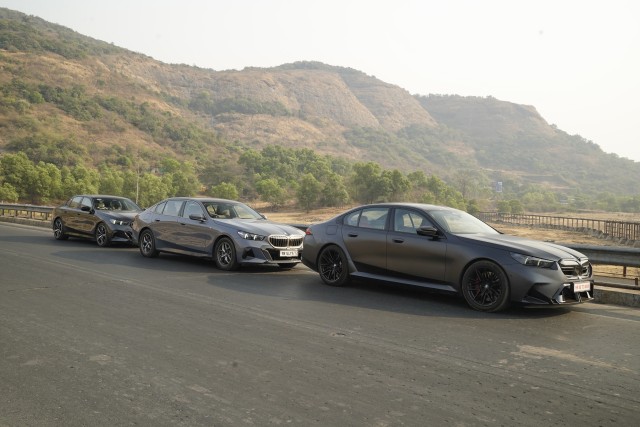
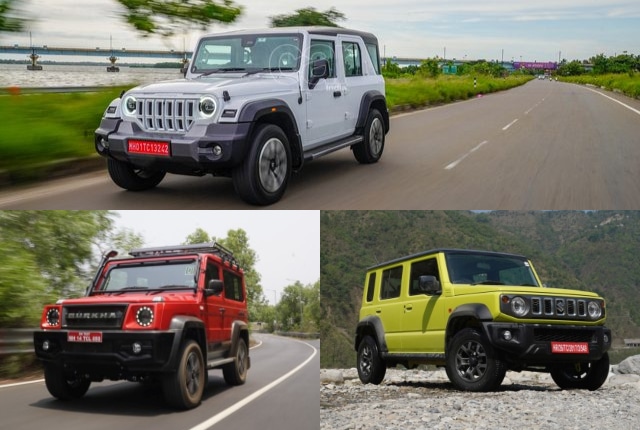
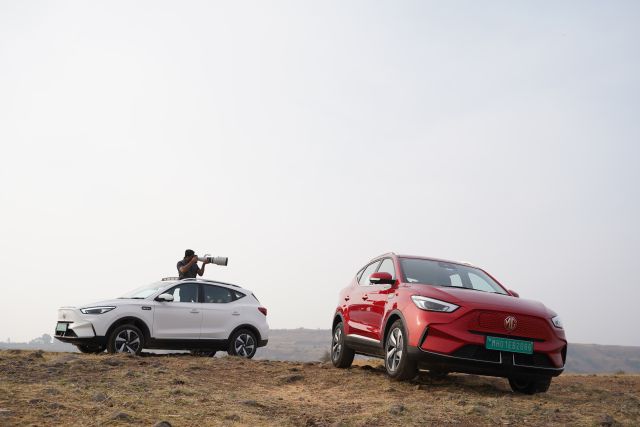
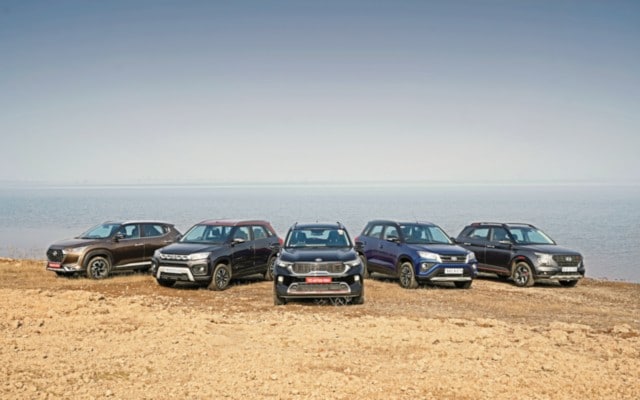
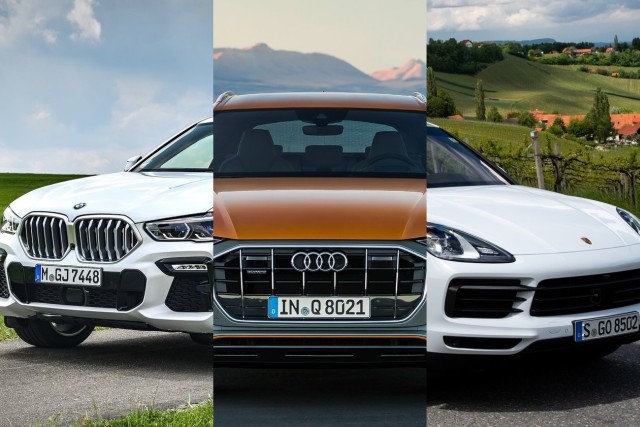
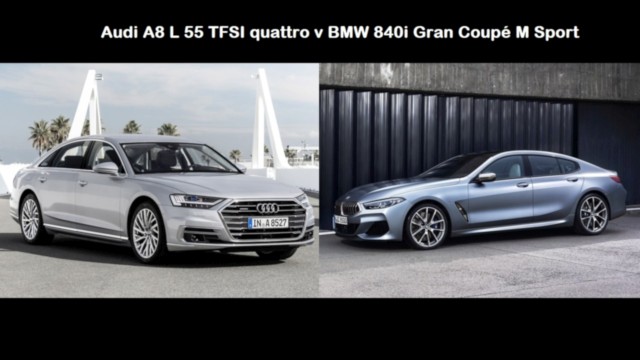
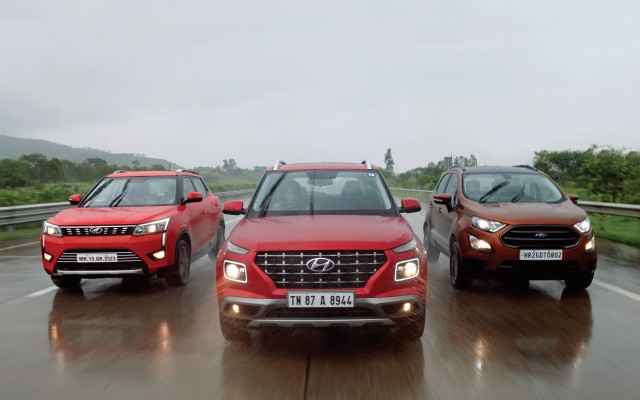
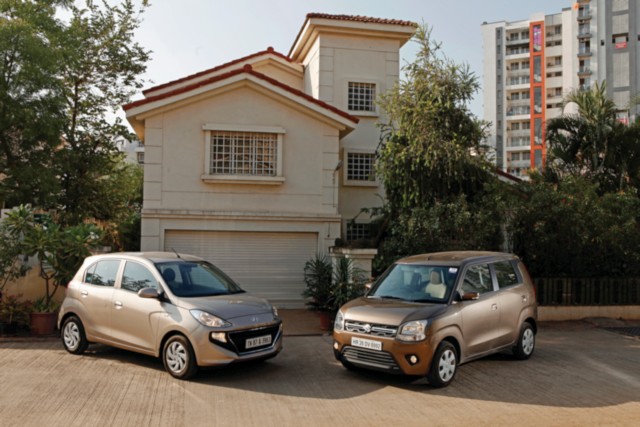
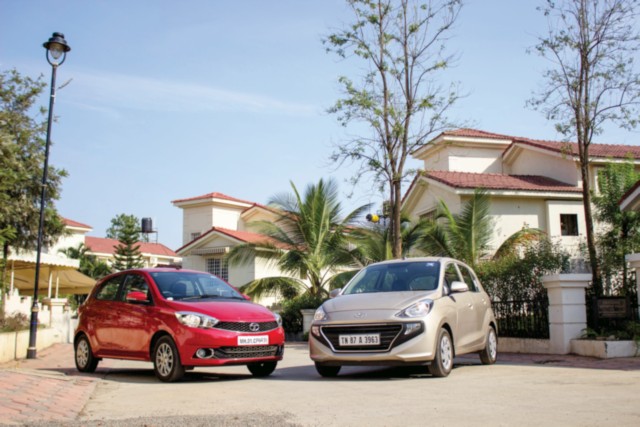
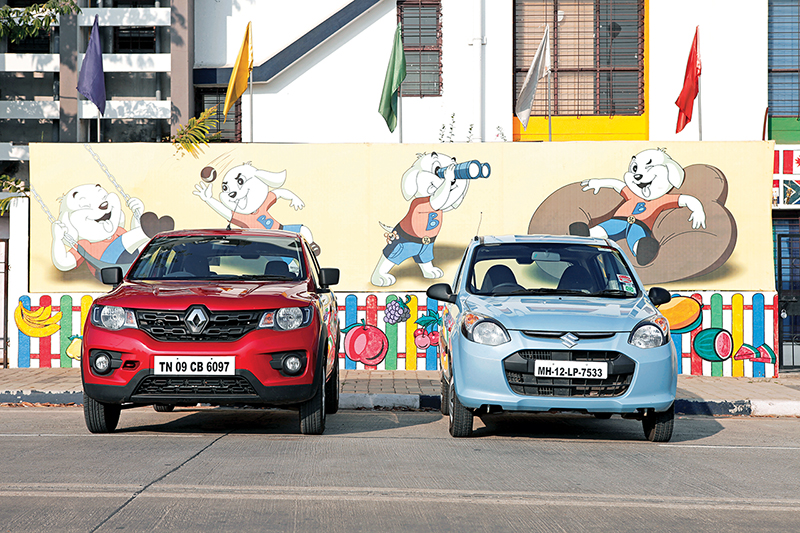
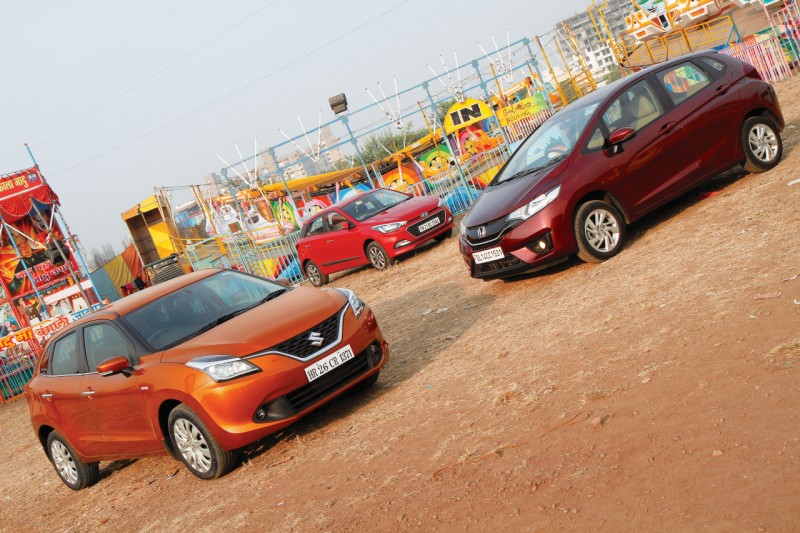
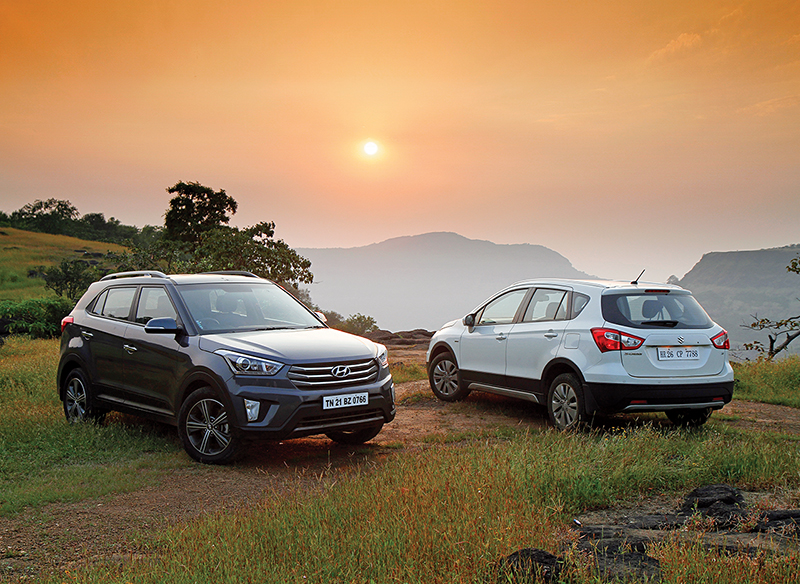
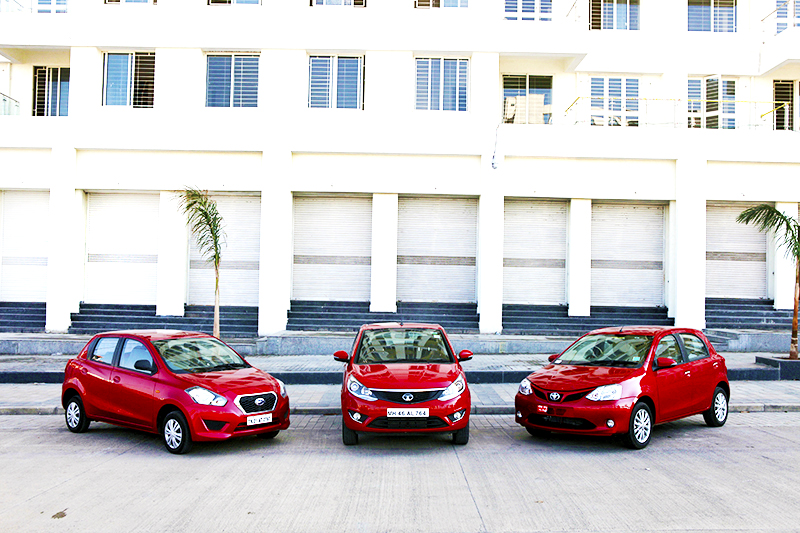
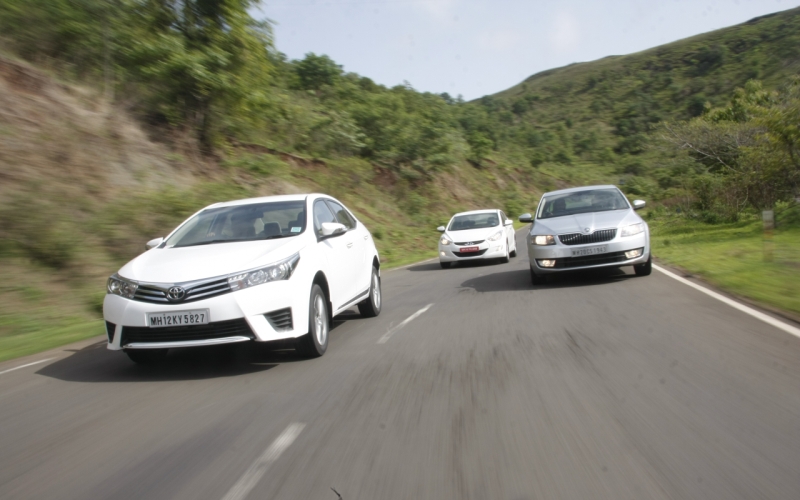
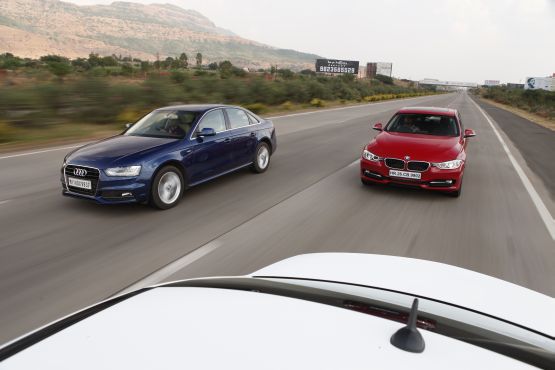




Leave a Reply